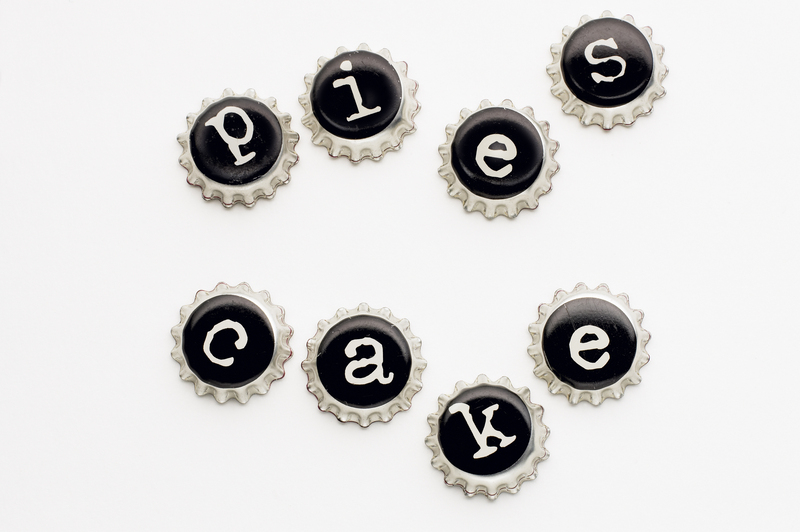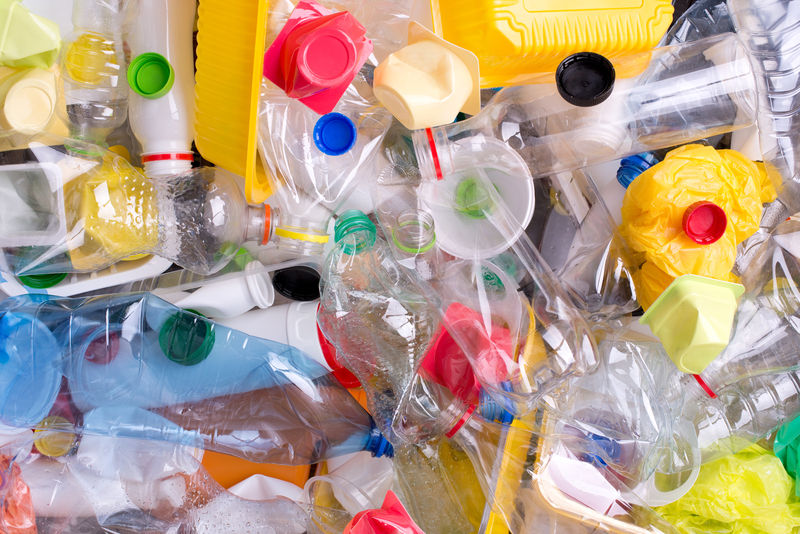Donating Pots and Pans: A Sustainable Disposal Option
Are you staring at a growing pile of unused kitchenware, wondering what to do with those extra pots and pans? Many households update their cookware regularly or inherit extra sets over time. Instead of tossing them in the garbage, donating pots and pans offers a sustainable, impactful solution. In this comprehensive guide, we'll explore why donating kitchenware makes a difference, the best places to donate cookware, how to prepare pots and pans for donation, and answers to common questions about sustainable cookware disposal.

Why Choose to Donate Pots and Pans?
Reducing Waste and Environmental Impact
According to the EPA, millions of tons of household goods end up in landfills each year. *Kitchenware*, including pots and pans, is a significant contributor. By choosing to donate cookware instead of throwing it away, you are directly helping to:
- Reduce landfill waste
- Lower greenhouse gas emissions by minimizing production needs for new items
- Promote responsible consumption and recycling
Donating kitchen items supports a circular economy where products are reused and enjoyed by new owners, avoiding the environmental harm of one-use cycles.
Supporting Communities in Need
Many individuals and families experience financial hardship and cannot afford basic household essentials, such as durable cookware. Your donated pots and pans can go to:
- Families transitioning out of homelessness
- Refugees and immigrants setting up new homes
- Students and individuals moving into their first apartments
Your gift may be the difference between someone having a home-cooked meal or not, making even your old, gently-used frying pan a valuable asset.
Where to Donate Pots and Pans
Before you begin clearing your kitchen cabinets, let's explore the best places to donate pots and pans locally or nationwide.
1. Local Thrift Stores and Nonprofits
- Goodwill - A national chain accepting gently-used kitchen items.
- Salvation Army - Accepts cookware donations in most locations.
- Habitat for Humanity ReStores - Sells household goods to fund local housing projects.
- Community thrift shops - Support local causes such as animal shelters or food banks.
2. Homeless Shelters and Transition Programs
- Many shelters and organizations set up kitchens for residents or starter kits for clients moving to independent housing.
- Contact your local homeless or women's shelter, or transitional housing program to learn their needs.
3. Refugee Resettlement Agencies
- Organizations like the International Rescue Committee and Lutheran Immigration and Refugee Service accept household goods for newcomers.
4. Food Banks and Community Kitchens
- Some food banks and soup kitchens gladly accept donations of functional cookware for their facilities or distribution to families in need.
5. Online Community Platforms
- Freecycle - Share items within your local group for free.
- Buy Nothing Project - Neighbors give and receive without money changing hands.
- Facebook Marketplace and Craigslist (Free Section) - Offer pots and pans for free local pickup.
Tip: Always check donation guidelines; some organizations may decline nonstick pans or require pots and pans to be in specific condition.
How to Prepare Your Cookware for Donation
Ensuring Quality and Functionality
To make sure your donated cookware is beneficial to recipients, follow these steps:
- Inspect for Damage: Donate only pots and pans that are not warped, cracked, or excessively rusted.
- Check Handles and Lids: Make sure all parts are secure and functional. Include lids if you have them.
- Nonstick Caution: If donating nonstick pans, ensure the coating isn't peeling or heavily scratched.
Clean Thoroughly
- Wash your pots and pans with soap and water, removing any food residue or stains.
- Remove any stickers or tape from previous use.
Package Smartly
- Stack similar items together and tie them with string or place in sturdy boxes.
- Label the box as "kitchenware" or "pots and pans" if possible, to help volunteers sort efficiently.
Sustainable Pot and Pan Donation: Tips and Alternatives
While donating pots and pans is a top option, sometimes your items may not be suitable for reuse. In such cases, consider other sustainable cookware disposal methods:
1. Recycle Cookware Responsibly
Metal cookware, like stainless steel or cast iron, is recyclable in many municipal recycling programs. However, check with your local waste authority--some require drop-off at a special facility. Remove any plastic or rubber fittings before recycling.
2. Upcycle or Repurpose Old Pans
- Planters: Use pots as garden containers for herbs or flowers.
- Art Projects: Get creative and turn old pans into wall decor or bird baths.
*Upcycling* keeps materials out of landfills and gives a second life to items that can't be donated.
3. Responsible Disposal
If all else fails and your cookware is truly unusable, dispose of it following your city's scrap metal or bulky item collection procedures, ensuring any hazardous coatings (like Teflon) are handled safely.
Frequently Asked Questions About Donating Kitchenware
Can I donate pots and pans that aren't brand new?
Absolutely! Charity shops, shelters, and donation centers typically accept gently used cookware as long as it is clean and fully functional. Avoid donating items that are broken or unusable.
Do thrift stores accept all types of cookware?
Most accept metal, ceramic, and glass pots and pans. Some may not take nonstick pans with worn coatings or aluminum cookware, so call ahead to verify.
What about large sets or commercial cookware?
If you're donating a large quantity or restaurant-grade items, contact local community kitchens, culinary schools, or food-focused nonprofits--they may be especially interested in bigger donations.
Is it possible to claim a tax deduction for donated pots and pans?
Yes! If you donate to a registered nonprofit, ask for a receipt. Record the estimated value of your donation--you may be able to include it in your itemized tax deductions.

Benefits of Donating Pots and Pans: Why Your Effort Counts
Sustainability at Home
Decluttering your kitchen by donating used cookware:
- Reduces clutter and makes space for what you use
- Encourages careful purchasing and mindful consumption
Help for Local Charities and Families
Essential kitchen staples are always in demand, especially in underserved communities. Your donation may be the first pot someone uses in a new home.
Leading by Example
By responsibly donating kitchenware, you inspire family and friends to rethink how they dispose of household goods, sparking broader community support for sustainability.
Steps Toward Sustainable Living--Donate, Don't Dump
In a world grappling with waste and scarcity, our everyday decisions can spark meaningful change. By donating pots and pans you no longer need, you avoid waste, help your neighbors, and promote a mindset of reuse that's crucial to a sustainable future.
- Check your cabinets for surplus kitchenware
- Clean and collect gently-used pots, pans, and lids
- Contact local charities or community organizations
- Make your donation and feel proud knowing your items have found a new home
Conclusion: A Simple Step with Lasting Impact
The next time you clean your kitchen or upgrade your cookware, remember that donating old pots and pans is a simple action with profound benefits. It supports environmental sustainability, helps those in need, and keeps valuable resources circulating in our communities. Choose donation as your preferred sustainable cookware disposal method--and encourage others to join you. Together, we can build a cleaner, kinder, and more sustainable world, one pot and pan at a time.